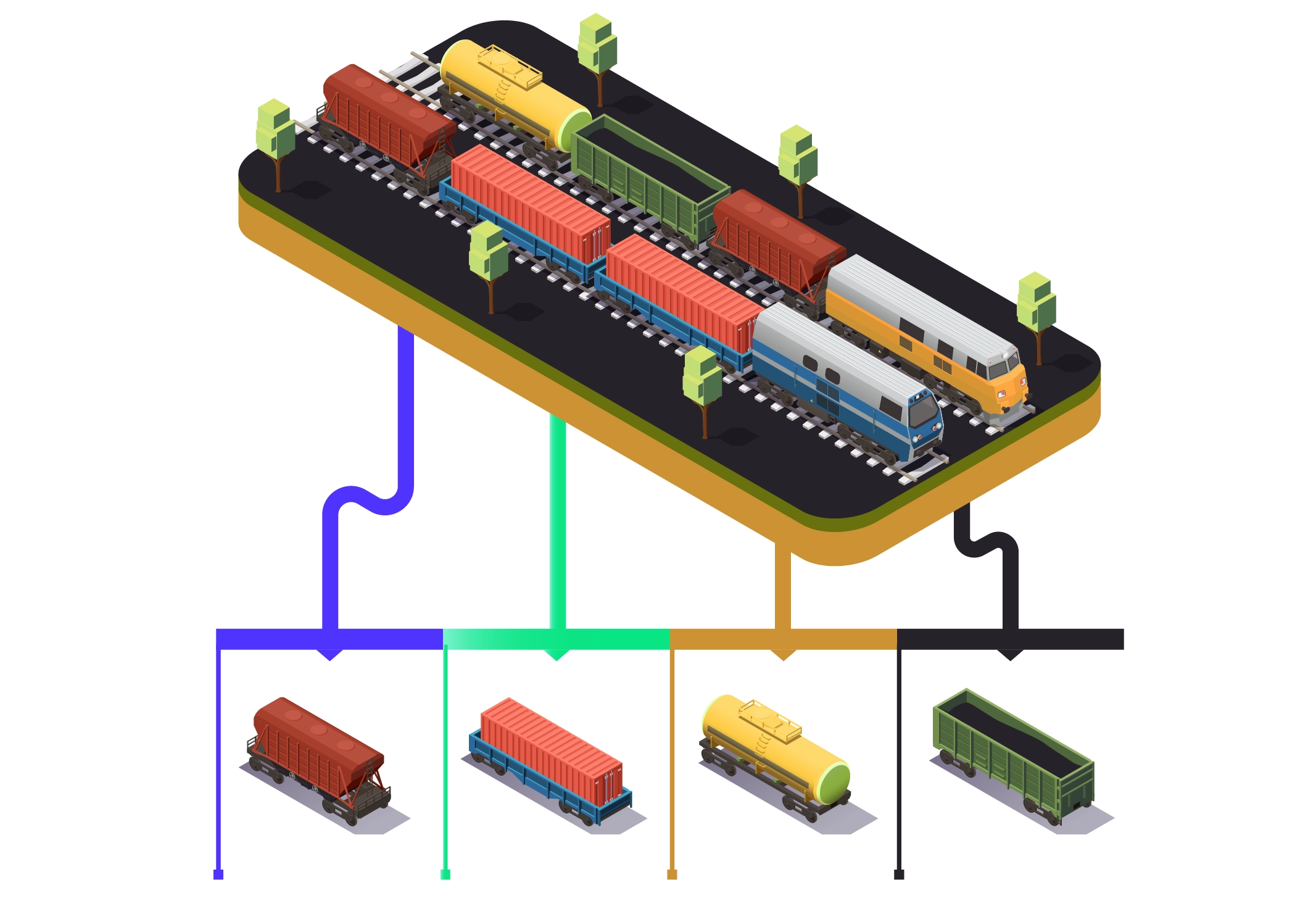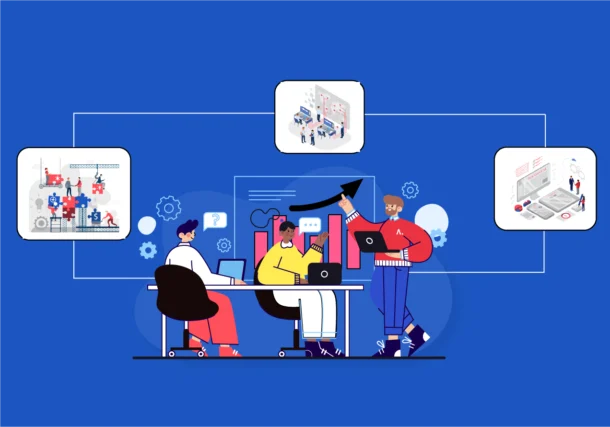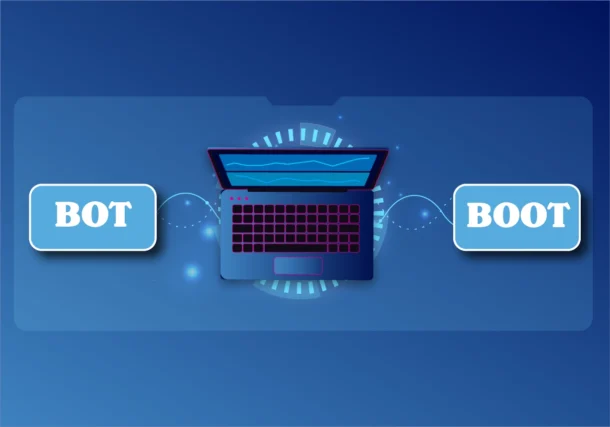Probing the Transformative Role of BOT Projects in Advancing Railway Infrastructure
Build Operate Transfer (BOT) initiatives have become a key tool for accelerating development in many industries, including the transportation infrastructure sector. Railway networks have received a lot of attention in the context of BOT efforts since they are essential to social and economic advancement. In these projects, the government or other appropriate body regains ownership of the railway infrastructure after a certain amount of time that private companies build, operate, and maintain.

To address the changing needs of passenger and freight transportation, modernizing the railway infrastructure is essential for improving efficiency, safety, and capacity. To accelerate railway system upgrades, BOT projects provide a practical means of utilizing the knowledge, creativity, and capital of the private sector. We can learn more about how successful this cooperative strategy is at advancing development and resolving infrastructure issues by examining the influence of BOT projects on railway development.
Understanding how BOT initiatives affect the modernization of railway infrastructure is the aim of this investigation. It also aims to pinpoint important elements that either support or impede these projects’ performance and evaluate their wider consequences for both economic growth and sustainable development.
BOT Projects in Railway Evolution: The Secrets Below the Tracks
With its distinct approach to construction and funding, BOT (Build Operate Transfer) projects have become a revolutionary force in the renovation of railway infrastructure. These projects have a deep historical background spanning several decades and are distinguished by the private sector’s engagement in both the building and operation stages. BOT projects, which were first designed as a solution to deal with budgetary restrictions in the public sector, have expanded to include a variety of stakeholders and elements that are essential to the growth of railroads.

The way BOT initiatives in railway infrastructure have developed shows how public and private interests are always interacting. In the past, governments with tight budgets have funded major infrastructure projects—like railroads—by enlisting private capital. Private companies were able to take on more risk and responsibility as the scope of BOT projects grew over time to encompass operation and maintenance in addition to building.
Robust contractual frameworks, efficient risk-sharing procedures, and thorough feasibility assessments are essential elements of BOT projects in railway infrastructure. To guarantee effective execution, government agencies, private investors, and engineering firms frequently collaborate on these projects. Through the utilization of private sector resources and experience, BOT projects have made it possible to implement ambitious railway expansion plans that would not have been financially feasible under conventional finance arrangements.
A paradigm change in development practices, with an emphasis on efficiency, innovation, and sustainable growth, is shown by BOT initiatives in railway infrastructure. Big-ticket infrastructure funding remains a difficult task for governments, but BOT schemes provide an adaptable and flexible framework that can be customized to meet a variety of demands and circumstances. A new age of railway development might be ushered in by BOT projects, which can promote revolutionary change via partnerships between public and private parties.
The Impact of BOT Projects on Safety and Economic Growth in Railway Infrastructure
Projects known as BOT (Build Operate Transfer) have become a major factor in the global transformation of railway infrastructure. In the past, the railway industry has benefited greatly from these initiatives in terms of increased safety regulations and economic expansion. Modernizing railway networks is made easier by BOT projects, which use the capital and experience of the private sector to increase operational dependability and safety standards.

The significant improvement in safety measures is one of the main advantages of BOT projects for modernizing railways. These initiatives help lower the number of incidents, deaths, and operational hazards by using cutting-edge technology and upgrading infrastructure. This increased emphasis on safety serves to protect not just the public and stakeholders but also passengers and staff, encouraging increased faith and dependence on rail transportation networks.
BOT initiatives act as stimulants to promote development and economic progress. BOT initiatives facilitate the timely implementation of important infrastructure improvements and expansions by infusing private cash into railway projects. This, in turn, attracts investment, drives regional development, and fosters job creation. Furthermore, BOT projects’ enhanced railway systems’ dependability and efficiency promote smooth freight and passenger movement, enhancing regional commerce and connectivity.
BOT projects are a calculated strategy for updating the infrastructure of railroads, aiming to both raise safety standards and spur economic growth. It is anticipated that BOT projects will continue to play a critical role in advancing innovation and advancement in the railway industry as long as governments and stakeholders emphasize the creation of efficient and sustainable transportation networks.
Funding, Regulations, and Technology in Railway BOT Projects
Taking advantage of promising prospects and tackling complicated obstacles are key components of navigating the complex environment of BOT projects in railway development. Getting enough money and finance methods in place to enable big infrastructure projects is one of the main challenges. Large financial investments are frequently needed for railway modernization, which calls for creative financing strategies and collaborations with commercial organizations. Notwithstanding, another formidable obstacle is negotiating legal and regulatory environments. Project schedules may experience delays and complications as a result of adhering to regulatory requirements and negotiating bureaucratic procedures.
These difficulties provide chances for development and innovation. The utilization of technical breakthroughs offers a viable approach to enhance the efficacy and efficiency of BOT railway projects. Artificial intelligence, the Internet of Things, and data analytics are examples of technologies that may improve safety protocols, streamline resource allocation, and streamline operating procedures. In addition, using green technology and sustainability programs can save long-term operating costs and coordinate railway expansion with environmental objectives.
Railway BOT projects that are successful must navigate the complexities of finance, regulatory environments, and technology frontiers with skill. Through proactive management of these obstacles and strategic utilization of creative possibilities, interested parties may direct railway modernization initiatives in the direction of increased connectivity, security, and financial gain.
Case Studies of BOT Projects in Railway Infrastructure Transformation
Globally, BOT projects have transformed railway infrastructure; Indian Railways is a classic illustration of this change. Indian Railways has accepted BOT projects throughout time to upgrade its vast network and meet the demands of a fast-expanding economy and population.
The creation of specialized freight lanes using the BOT paradigm is one noteworthy example. These corridors have improved the effectiveness of freight transportation while also relieving traffic on the current train lines, making passenger services more seamless. Modern signaling systems and station enhancements made possible by BOT efforts have also greatly increased operating efficiency and safety.
The implementation of BOT projects has been instrumental in extending railway connectivity to isolated areas, thus promoting social integration and economic growth. Indian Railways has been able to use outside knowledge and investment by collaborating with private firms under BOT agreements. This has allowed the company to accelerate infrastructure development while minimizing the financial load on the government.
Public Private Partnerships can propel railway modernization and satisfy changing stakeholder requirements, as demonstrated by the success stories of BOT projects in Indian Railways. The future of India’s railway industry is anticipated to be significantly shaped by BOT projects, as the nation persists in investing in its railway infrastructure to bolster economic growth and improve connectivity.
Railway Renaissance; The Transformative Impact of BOT Projects
BOT projects serve as innovative trailblazers, propelling the global transformation of railway infrastructure. These projects have revolutionized safety, efficiency, and connectivity in railway systems through a synergistic combination of Public Private Partnerships. It is clear from considering their enormous impact that the course of railway development has changed irreversibly, paving the door for a new era of environmentally friendly transportation.
Future BOT-driven railway modernization seems promising in terms of ongoing innovation and progress. A new age of unmatched connectedness and sustainability is about to arrive, because of emerging trends like digitization, smart infrastructure, and green efforts that have the potential to completely change the way things operate. To design the railroads of the future, stakeholders are urged to embrace innovation and teamwork by embracing BOT projects as change catalysts and setting off on a transformative path.
As leaders in innovation, we at Pattem Digital are ready to support you on your path to a railway renaissance. We are dedicated to advancing sustainable infrastructure development through innovative Build Operate Transfer services since we have a history of excellence and a passion for innovative solutions. Accompany us on this revolutionary journey as we push forward toward a future in which railroads are the engines of development and wealth.





